Exploratory Whitewater Kayaking Expedition.
Uttaranchal and Arunachal Pradesh, India 2007

Our international team of six whitewater kayakers will arrive and meet in India around October 14th. During a two month expedition period our intention is to descent previously unchartered river catchments in the Himalayan mountains of Uttaranchal and Arunachal Pradesh.
Our team will meet in Delhi before traveling 250 kilometres north into the Himalayas. Our kayaking will commence with three weeks exploring some of the small creeks feeding the Ganges in the neighboring region of Uttranchal situated west of Nepal.
In Kathmandu on November 19th Shalab, Sam and myself will join Mikey Abbott and Allan Ellard (paddlers of super-duper legend status)

We will then travel to the far northeastern corner of India, Arunachal Pradesh. In this area the Brahmaputra river caves its way off the Tibetan plateau and flows into India and Bangladesh. It’s a region with a plethora of free flowing high elevation rivers. This area is virgin territory in terms of kayaking exploration. Mikey, Shalab and Al are without a doubt the most educated people with regards to exploratory kayaking in India.
Some extra reading...
Our vision in traveling to the rivers of Arunachal Pradesh is to create international exposure in the whitewater community as to the proposed development of hydroelectricity. Our hope is to raise the awareness of what the Indian government has proposed and the weakening of social and environmental guidelines of the World Bank.
The Government of India is committed to a huge acceleration in dam construction. In May 2003, it announced plans to increase the country’s hydropower capacity by 50,000 megawatts by 2013. With 89 dams proposed for the region before 2013 Arunachal Pradesh is soon to experience rapid change.
The severity of the environmental impact these projects present will bring extreme disturbance to precious river ecosystems. Any large-scale diversion of river water will throw the ecological equilibrium out of balance, endangering wildlife and ecosystems as well as livelihoods. Large-scale river diversions change the water chemistry, sedimentation patterns and flow regimes of rivers and can seriously impede their capacity to purify themselves. Their ability to sustain life is then put at risk.
Of major concern is the shaky nature of this geological zone. Earthquakes and landslides are commonplace.
The “Program of Interlinking Rivers” has irreversible consequences. It is quite possible that our first descents of India’s rivers could be the last.
Between the extremes of flood and drought, India is heading for a water crisis. As the third- largest dam builder in the world India has a major history with hydroelectric power. The 4,291 large dams built so far have helped to grow more grains, making the country self-sufficient in food production. Large dams also provide roughly a third of India’s electricity.
In 2012 the Indian government is set begin development of a project titled “Garland of Rivers”, a multinational river-linking project that would connect 37 major rivers through a series of dams and canals spanning the subcontinent. The project is intended to offset devastating regional cycles of drought and flood, provide rural and urban populations with stable supplies of drinking water, and harness some 34,000 megawatts of hydroelectricity. The scope of the Garland of Rivers, which calls for cooperation from neighboring Bangladesh, Nepal, and Bhutan, is unparalleled in Asia;
One ‘garland’ canal, parallel to the Himalayas, would connect most of the northern tributaries of the Ganges as well as the Brahmaputra river system.
But since 1947 – the year India became independent – an estimated 40 million people have been displaced by dam projects. There is no national policy for rehabilitating them and most have landed up as beggars or daily laborers. Millions of hectares of precious natural forest and fertile alluvial farmlands have been buried under reservoirs.
In the region of Arunachal Pradesh alone dams will submerge thousands of hectares of land, including some towns, and displace more than 30,000 people.

































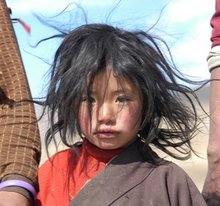


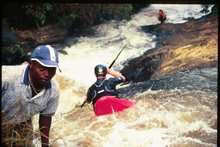
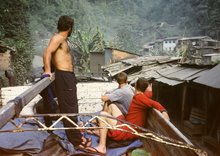

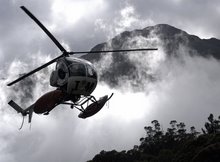
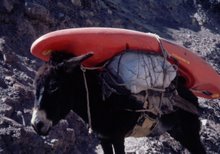
No comments:
Post a Comment